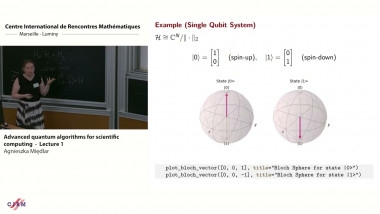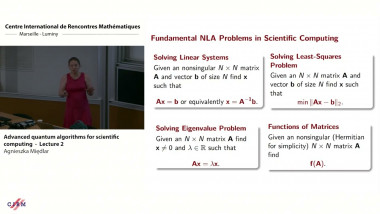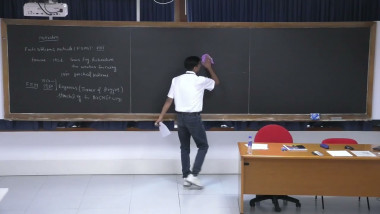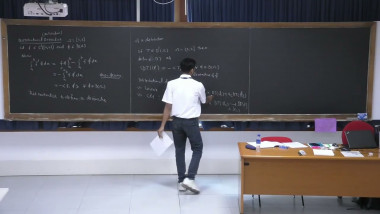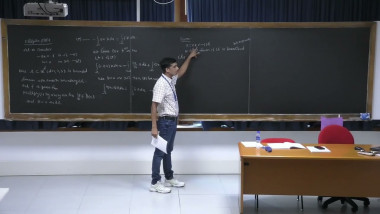Appears in collections : CEMRACS: Numerical challenges in parallel scientific computing / CEMRACS : Défis numériques en calcul scientifique parallèle, Exposés de recherche
Climate models simulate atmospheric flows interacting with many physical processes. Because they address long time scales, from centuries to millennia, they need to be efficient, but not at the expense of certain desirable properties, especially conservation of total mass and energy. Most of my talk will explain the design principles behind DYNAMICO, a highly scalable unstructured-mesh energy-conserving finite volume/mimetic finite difference atmospheric flow solver and potential successor of LMD-Z, a structured-mesh (longitude-latitude) solver currently operational as part of IPSL-CM, the Earth System Model developed by Institut Pierre Simon Laplace (IPSL). Specifically, the design exploits the variational structure of the equations of motion and their Hamiltonian formulation, so that the conservation of energy requires only that the discrete grad and div operators be compatible, i.e. that a discrete integration by parts formula holds.
I will finish my talk by sketching how the desirable properties of DYNAMICO may be obtained with a different approach based on mixed finite elements (FEM). Indeed while DYNAMICO is very fast and scalable, it is low-order and higher-order accuracy may be desirable. While FEM methods can provide higher-order accuracy, they are computationally more expensive. They offer a viable path only if the performance gap compared to finite differences is not too large. The aim of the CEMRACS project A-HA is to evaluate how wide this gap may be, and whether it can be narrowed by using a recently proposed duality-based approach to assemble the various matrices involved in a FEM method.
